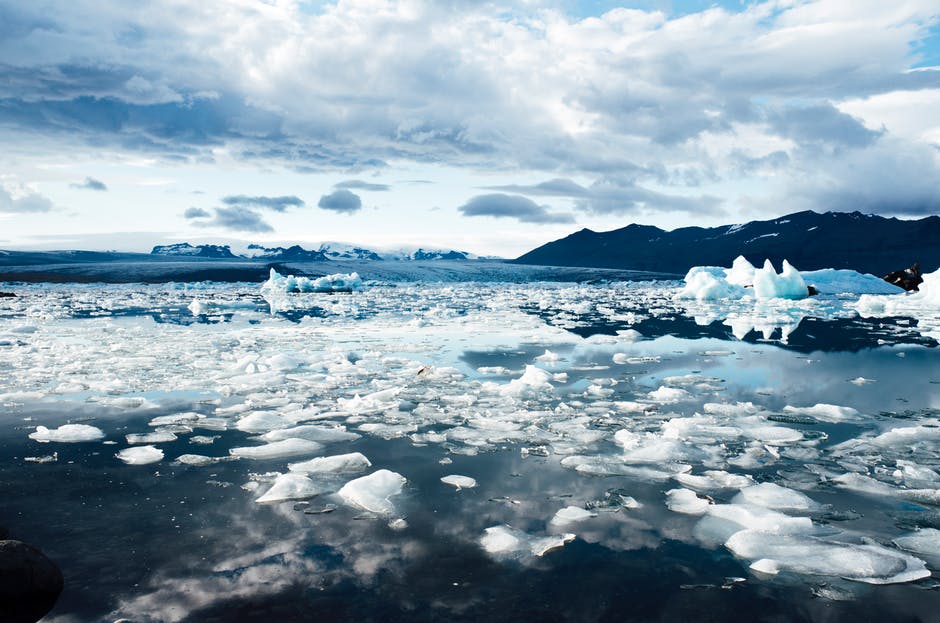As the world warms, energy demand is shifting. More and more energy is needed for cooling systems as heatwaves create health and safety concerns, yet little is being done to meet this requirement. What are the implications of a warming world on energy demand, and what more can be done?
Heatwaves have gripped the world this year, causing wildfires in California, killing over a hundred people in Japan and causing temperatures in Siberia to rise as much as 20°C above average. As climate change kicks in, the world is warming at an increasing pace; 17 of the warmest years since records began have happened since 2000.

The warming world is increasingly putting strains on electricity grids, as people turn up the air conditioning in an effort to keep cool. Air conditioning units are notoriously energy-intensive and, together with refrigeration, already account for 20% of total electricity demand in the UK.
“As the world grows warmer, people are buying air conditioners at an alarming rate,” says Professor Lucas Davis from the Energy Institute at the University of California Berkeley’s Haas School of Business. “Air conditioners use lots of electricity, so these purchases have big implications for electricity demand.”
The amount of energy used worldwide for cooling is predicted to outstrip that used for heating by 2060. To meet this growing demand, governments must seek solutions now and factor cooling into energy models before it is too late.
Demand is beginning to heat up
The evidence that the world is warming is now insurmountable, and the effects are being devastatingly felt. Examples can be taken from around the world, from Birmingham’s wildfires in the UK, to a city in Oman that experienced an entire 24-hour period during which the temperature did not drop below 42.6°C, breaking the record for the minimum temperature felt on Earth. It is perhaps unsurprising that over the next 30 years, it is predicted that 19 new cooling devices will be installed every second.
Read more: Power Technology